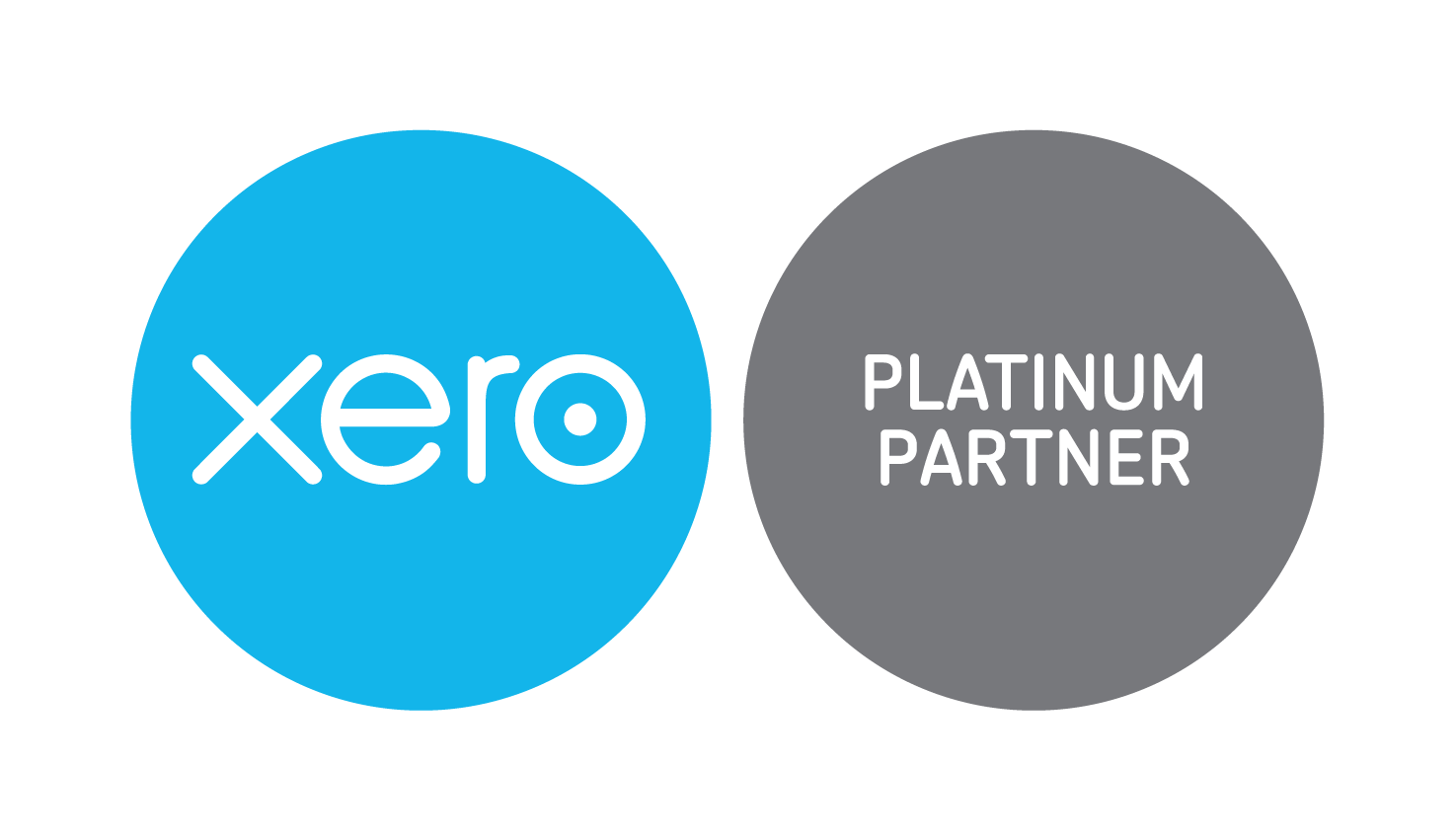Shifting from retail to E-tail post COVID-19
Flor- Hanly - Monday, July 06, 2020
If you sell tangible, non-perishable retail products, you’ve likely been impacted by COVID-19
You’ve probably read about the thousands of businesses shifting their focus to online sales during COVID-19. There is a process that goes into getting your business online. However, it’s not as difficult as you might think – and you’re not too late.
 Here are 10 simple steps to help you transition to eCommerce, so when we come out of this, your business can thrive.
Here are 10 simple steps to help you transition to eCommerce, so when we come out of this, your business can thrive. NB: While this post is related to retail small businesses in North America, it may not be applicable to all retail small businesses. It may also be applicable to non-retail small businesses.
Transitioning your business to eCommerce
Today, there are many eCommerce platforms to choose from (Wix, Square Space, Magento, BigCommerce), but in this example, we’ll use Shopify, and assume it’s a small business that sells books locally.
- The first step to getting online, is opening up an online store. Shopify, one of the most popular eCommerce platforms, is a Xero partner and integrates with Xero through A2X. You can sign up for Shopify, A2X and Xero here.
- After setup, you’ll want to configure (add) payment processors like Stripe, Square, Apple Pay, Amazon and/or Google, and link them to your bank accounts. Shopify makes this easy and has Apple Pay, Amazon and Google Pay by default. It also allows you to accept credit cards.
- Next you’ll want to set up shipping. Shopify also has shipping arrangements (i.e. deals) and integration in place. This means you really only have to select from the available options as to what shipping courier you’d like to use.
- To manage your revenue seamlessly, you’ll want to sync your accounting software with Shopify. Once you’ve signed up for Shopify, A2X and Xero, you can then connect Xero to your store as well as your bank accounts, and you’ll be in sync, financially. Fun fact: Xero offers over 800 integrations from their marketplace – everything you’d need to run your business from CRM to POS, to HR applications.
- Next, you’ll have to add your products to your store. Shopify offers a great guide with video to help with this.
- Once your products are online, you’ll need to get the word out. Marketing, and where you decide to market, is very important.
- Share your story and newly available products with your current customers, ideally within an email campaign (I’d suggest MailChimp for email marketing).
- Next, go through your personal/professional social network, whether that be Twitter, LinkedIn, Facebook, Instagram or any of the others, and share your new products. You can run ads on each network, but choose carefully and base your decision on your target demographic. Alternatively, if you have a limited budget, you can post ‘organically’ (or create ads) on each network and ask your friends to share.
- CPC ads are a good option if you have the budget – consider Google Adwords to start. You can advertise on all the search engines you desire, or try your hand at Search Engine Optimisation (SEO). However, be prepared to produce a lot of content to be relevant.
- Now you’re ready to sell and start shipping out orders. Using Shopify’s shipping integration, you’ll be able to quickly print shipping labels and simultaneously send tracking to your customers. If you need boxes and packaging, check out Uline.
Take a leaf out of this small business’ book
To give a real world example of a small business quickly shifting to digital, take Trident Booksellers and Cafe in Boulder, Colorado for instance. Andrew Hyde, one of the owners, thought up a creative idea to generate revenue during the crisis. He created an online store and listed a product called the ‘Stay At Home Books and Coffee Mystery Bag’, which includes 4-6 randomly-selected books and a package of coffee or tea. He delivers them to local customers within biking distance and ships the others using USPS.
Originally, this was to keep the lights on during the slowest time in Trident’s history. However, it’s turned into a revenue generating wonder. Andrew has even had to hire back three employees that were furloughed to help him. Andrew followed similar steps as above to open his eCommerce store and expand his product offering to the digital world. He also loves Xero. Without his innovative idea and savviness to go digital, Trident may have been in trouble. Instead they’ve avoided closure, which makes many locals happy.
While setting up and running an eCommerce store can be a big task, it’s easier and more important than ever. Simply follow the steps above. Alternatively, there are eCommerce startup guides online if you need a more detailed approach or a second opinion. Good luck!
Originally, this was to keep the lights on during the slowest time in Trident’s history. However, it’s turned into a revenue generating wonder. Andrew has even had to hire back three employees that were furloughed to help him. Andrew followed similar steps as above to open his eCommerce store and expand his product offering to the digital world. He also loves Xero. Without his innovative idea and savviness to go digital, Trident may have been in trouble. Instead they’ve avoided closure, which makes many locals happy.
While setting up and running an eCommerce store can be a big task, it’s easier and more important than ever. Simply follow the steps above. Alternatively, there are eCommerce startup guides online if you need a more detailed approach or a second opinion. Good luck!




Connect with us whatever way you like!
Facebook
LinkedIn
Email